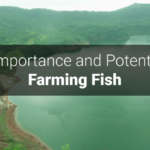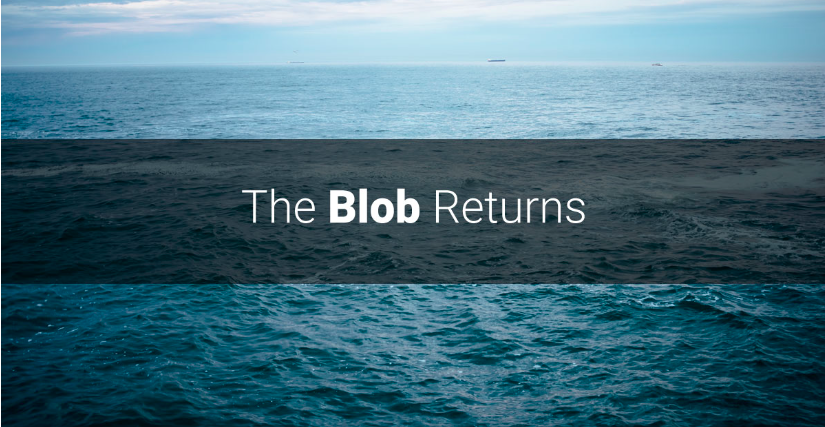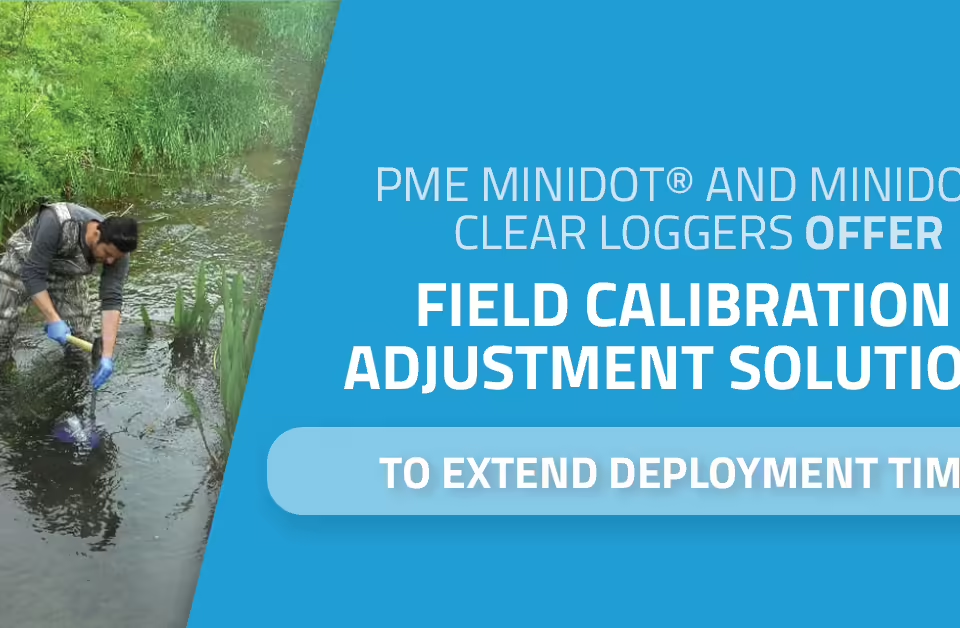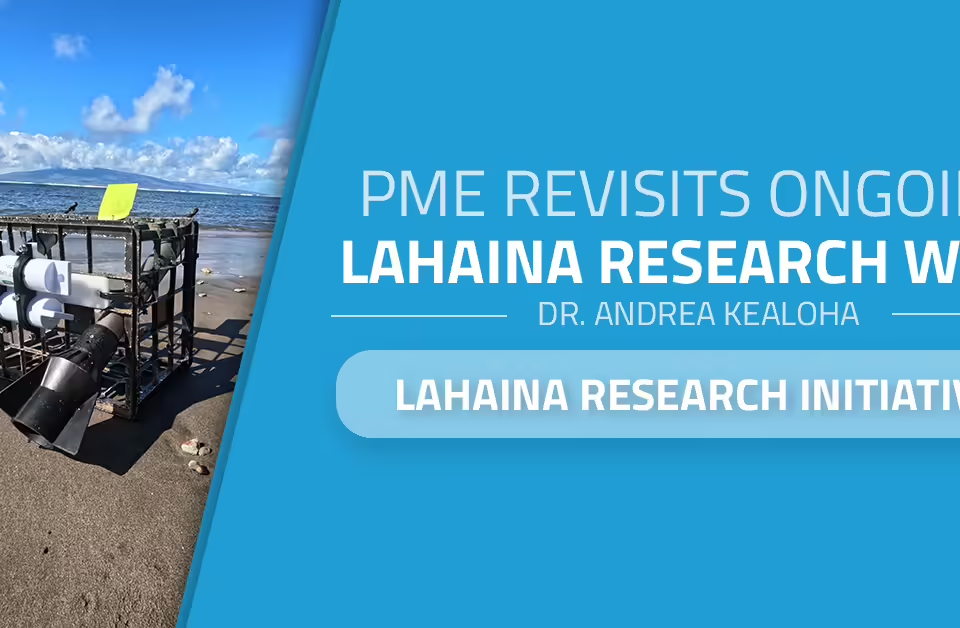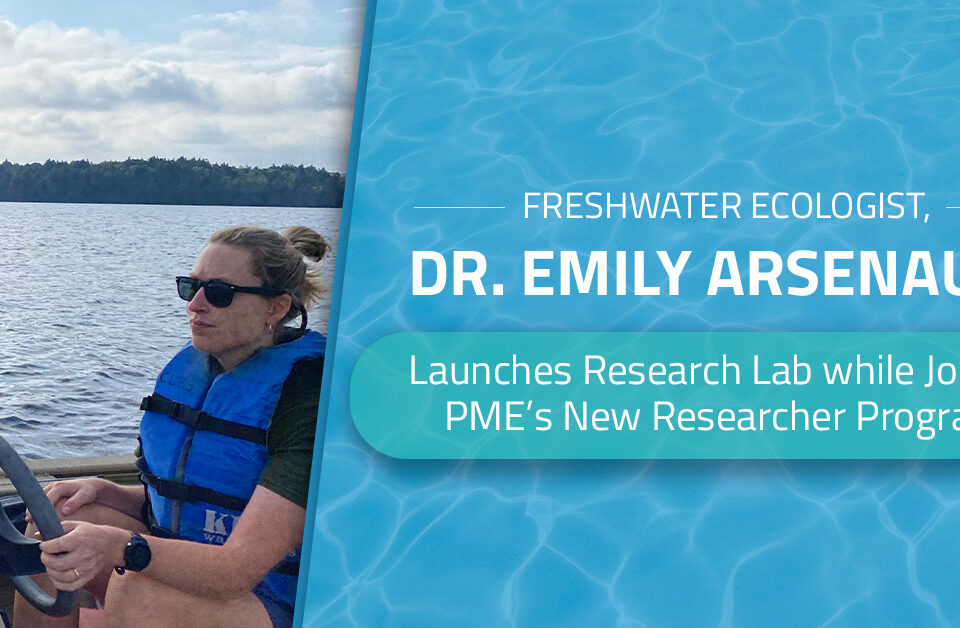In the autumn of 2013, Nicholas Bond, who was then the State Climatologist for the state of Washington, first detected a large (500 miles wide x 300 feet deep), circular body of sea water which had not cooled as expected and was 2 to 3 degrees warmer than the rest of the surrounding Pacific Ocean. By mid-2014, this unnaturally warm patch of ocean had grown to 100 miles long x 1000 miles wide x 300 feet deep and was gobbling up territory with no end in sight. This rapid, seemingly unstoppable growth caused Bond to name his discovery ‘The Blob’ after the 1958 horror film of the same name.
The Blob warmed waters along the coasts of Oregon, Washington, British Columbia, and Alaska, affecting ecosystems throughout the region. Abnormally warm water impacts the smallest creatures most dramatically, in this case depressing populations of zooplankton, upon which larger species feed. Salmon catches dropped as the fish, following zooplankton, abandoned their traditional areas and became unpredictable in their habits and locations.
The warmer waters also attracted non-native species from the south. Skipjack tuna, ocean sunfish, and thresher sharks, all creatures of warmer, more southerly waters, began to appear as far north as Alaska, disrupting both the northern and southern ecosystems.
1958’s Blob, that is, the film version, was frozen by fire-extinguisher-wielding students (led by Steve McQueen in his first starring role) and air-lifted to the North Pole. Even that was not enough to definitively stop the Blob and ‘The End’ was accompanied by a question mark, leaving open, as always, the possibility of a sequel.
The Sequel
The 2013 Blob met a far less dramatic but similarly impermanent end, dying out on its own in 2016, with temperatures and ecosystems returning to normal. However, as early as 2017, signs of a re-forming Blob began to appear in the northern Pacific. A hotter-than-average summer in 2018 seems to have helped Blob Part II gain size and power. It now covers an area roughly the size of Australia and its effects are again being felt throughout the region. Scientists predict it will be almost as powerful as the original.
Harmful algal blooms, endemic with the first Blob, are expected to devastate inshore ecosystems this time as well.
Zooplankton were heavily and negatively impacted by the first Blob, with effects felt all the way through the food chain, including depressed salmon harvest numbers. Researchers expect similar effects in 2019. Initial surveys from the Gulf of Alaska indicate decreased numbers of pollock and cod, both of which are important commercial fisheries.
Crustaceans and mollusks also suffer due to warming waters and so will commercial fisheries which target those species.
No Steve McQueen
2019’s Blob will not be frozen by teenagers or air-lifted to the North Pole. Like 2013’s version, it will grow and grow, undeterred by human intervention, until conditions arise which cause it’s (again, probably temporary) demise. No one knows exactly when that will be. High pressure winds, mixing and cooling the ocean’s surface, might end the Blob this winter. The current Blob is still shallow enough for that to occur. Or it could gobble on for years, like its predecessor, growing and gaining power for a few years before meeting dissipating conditions.
The Blob’s Impact on Fish Farms
However long it lasts, the 2019 Blob will disrupt ecosystems and fisheries, creating a decrease in the supply (and probably an increase in the price) of salmon and other wild-harvested seafoods. Farmed versions will likely pick up some of the slack, giving consumers better supply and lower prices, while minimizing the impact on wild stocks.
Fish farmers won’t be immune to the effects of the Blob. Water temperatures will rise throughout the region, potentially causing variability in the levels of dissolved oxygen, salinity, transparency, and other qualities which impact aquaculturists’ ability to raise healthy fish.
To survive the Blob, farmers should put in place a dedicated regimen of monitoring, to make sure their waters stay healthy and their fish thrive. Precision Measurement Engineering (PME) manufactures and sells a number of products to help aquaculturists and researchers keep an eye on water quality. The miniDOT® Logger is used by aquaculturists and researchers around the world to measure levels of dissolved oxygen and temperature in both fresh- and saltwater. The miniPAR logger measures photosynthetically active radiation, also known as diffused sunlight. The MSCTI measures conductivity, which can help establish salinity levels.
Learn more about how PME’s line of products can help you monitor and maintain your waters.
The city of Vista, CA has recognized Precision Measurement Engineering (PME) CEO Kristin Elliott for her company’s contribution to the robust local economy. Elliott was cited, along with five other local female business owners, as drivers of the local business and industrial scene. “These women-owned businesses in Vista reflect the vibrant mix of industries in our city and are major players in our local economy,” said Vista Mayor Judy Ritter, who went on to say that Elliott and the other women entrepreneurs “push the boundaries of possibility every day.”
Local Roots, Global Reach
PME was founded in Vista in 1982, by Elliott’s father, Dr. Michael Head, who developed a conductivity sensor as part of his thesis work at the Scripps Institution of Oceanography at the University of California San Diego (UCSD). When PME started, their mission was to innovate water measurement products that would provide better data for better research. Today, PME leads the way by continuing to partner with the world’s greatest research institutions. You’ll find PME products in rivers, lakes, glaciers, estuaries, coasts, marshes – braving the world’s harshest aquatic environments to deliver consistent accurate data.
Understanding the Business
Elliott joined PME in 2005, after graduating from UCSD, and worked as an assembler, manufacturing parts. “From there,” she said, “I moved into accounting, marketing, and sales. I attended tradeshows, spoke to customers, pursued new business ideas, set up our international distribution network, and really enhanced the sales channels.”
This thorough grounding in every aspect of the company’s operations has paid rich dividends for Elliott as a CEO. Since taking on that role, she has reviewed and, in some cases, retooled PME’s operational processes, including inventory management, manufacturing, and sales. Under her leadership, the company has grown 115% and profits have increased 300%.
As a CEO, she has been focused on “customer satisfaction, optimal quality products, and solid relationships”. She views the keys to PME’s current and future success as “providing exceptional value to (the company’s) targeted customers and understanding the future path of technology in this industry.”
Aquasend
In her time as CEO, Elliott has been developing Aquasend, an integrated monitoring platform for aquafarming. Aquafarming, as an industry, is growing in both size and importance, providing consumers with healthy seafood options while helping to conserve stocks of wild fish, many species of which are endangered by global climate change. Elliott took thirty years of global research technology and made it available to local aqua farms. She views Aquasend as a way to bring innovative new technology to an up-and-coming industry. “These technologies help aquaculture farmers better manage and monitor their water quality, providing healthier and happier farmed fish to consumers,” she said.
Advice on Mentors and Balance
As a CEO, Elliott has achieved both growth and innovation; combined best practices management with visionary thinking—and she’s done it as a woman, in an industry that remains, for the most part, male-dominated. Her advice for others, seeking similar success?
“I find that experienced individuals are very receptive when I ask them for counsel. Sometimes it can be daunting to speak with industry leaders and experienced business mentors in your industry, but most individuals are willing to provide guidance when approached. I recommend finding a mentor or someone who has been on the same path, to learn from and obtain feedback.”
She also offers wise words to other women business owners seeking to balance work and family. “Some rules we (her husband Erik works for PME as well, heading operations and manufacturing) try to live by are family first, leave work at work and be present.”
For more information on PME products, contact us today.
For more information on Aquasend, contact us here.


